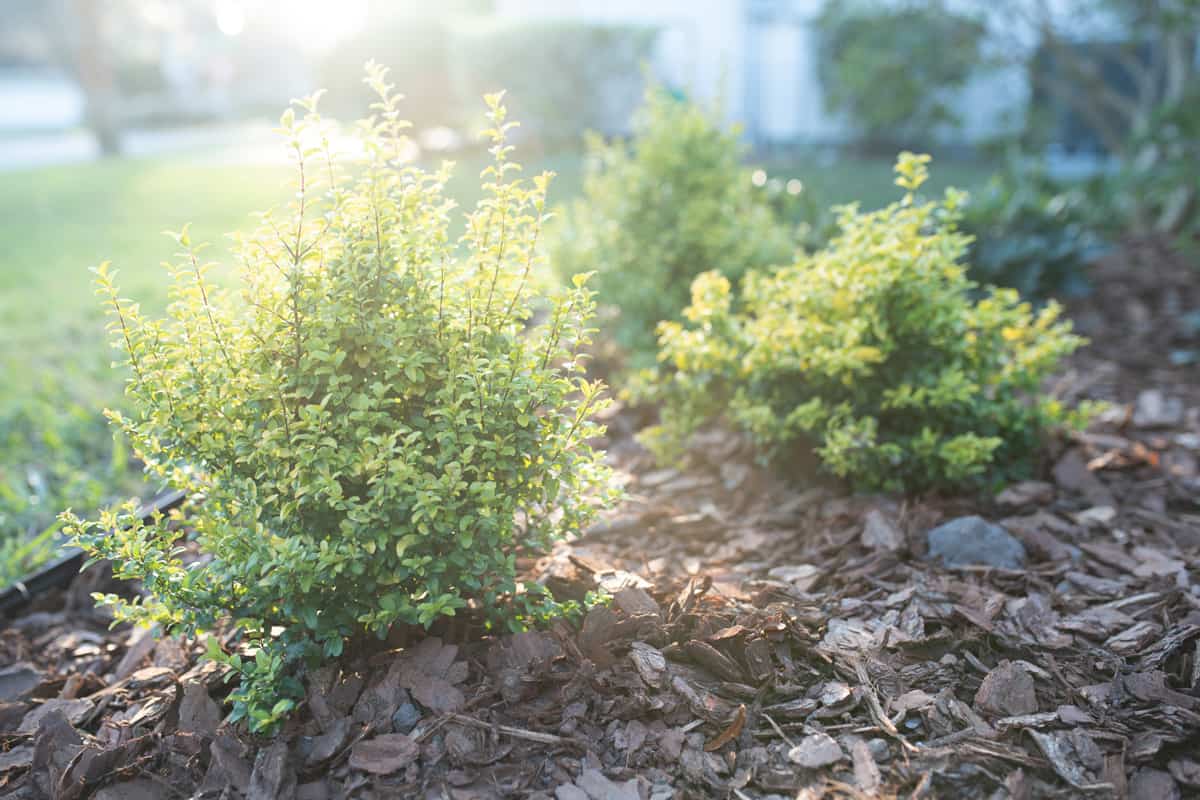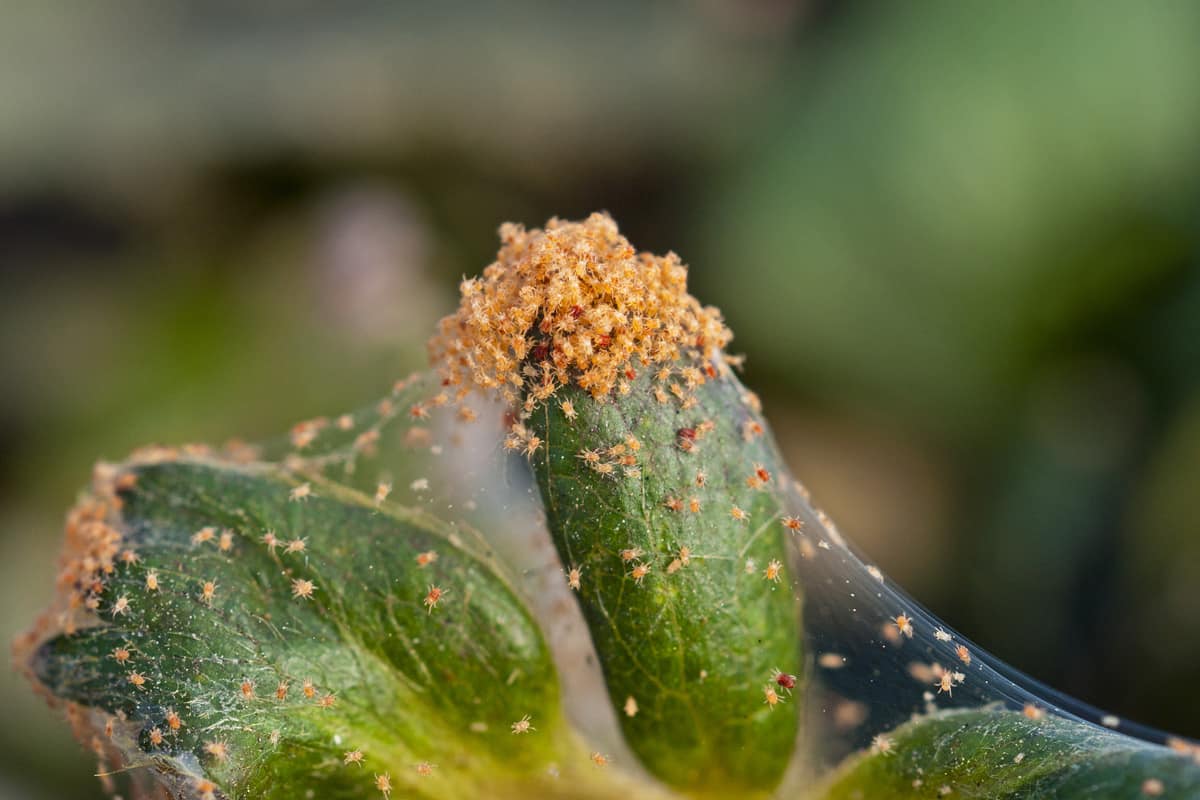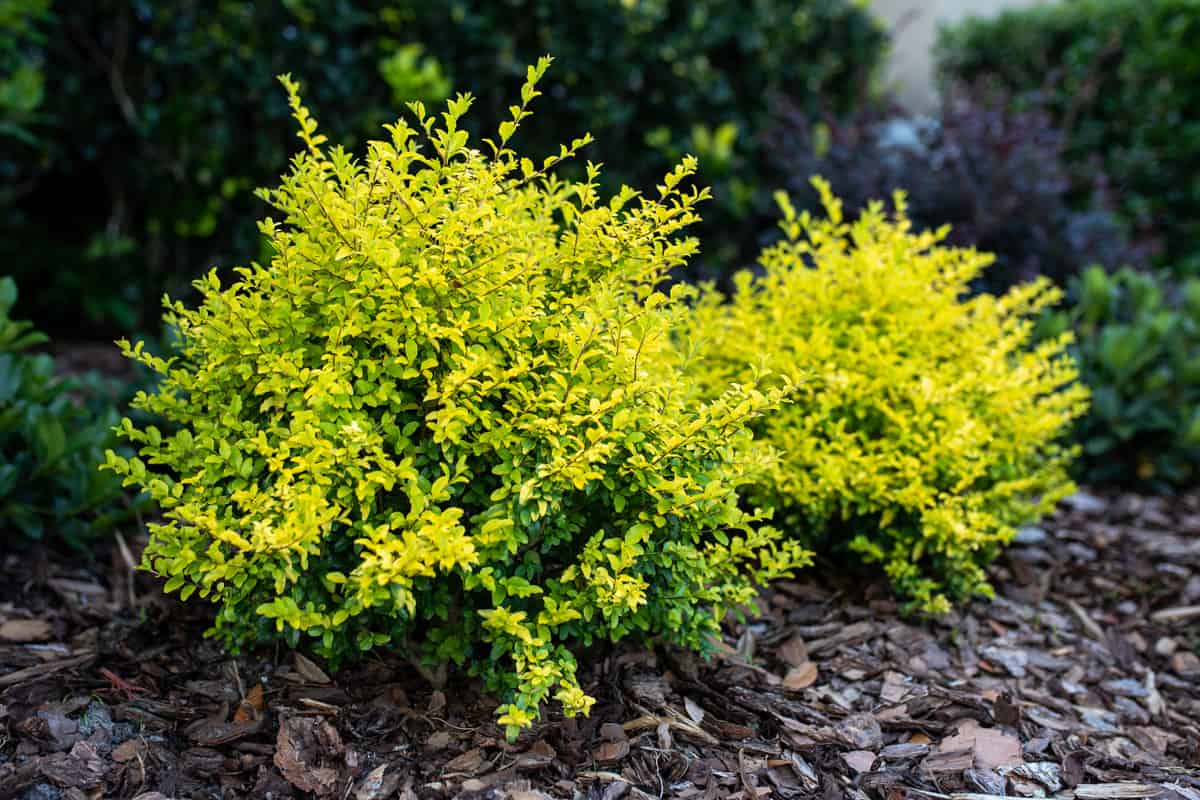Imagine waking up to a beautiful sunny day, walking into your garden, and noticing that your sunshine ligustrum plant is losing leaves.
You're not sure what's causing this, but you know it's not a good sign.
The vibrant yellow-green foliage that once made your garden pop is now slowly disappearing.
Don't worry, you're not alone.
Leaf loss is a common problem that many plant owners face, but identifying the cause is crucial to finding a solution.
In this article, we'll dive into the most common reasons why sunshine ligustrum plants lose their leaves and provide you with tips on how to revive your plant.
Let's get to the root of this problem!

Environmental Factors
If your sunshine ligustrum is losing leaves, it could be due to various environmental factors. Here are some things to consider:
Temperature
Sunshine ligustrum is a semi-deciduous plant, which means that loses some of its leaves during the winter.
If the temperature drops too low, it can cause excessive leaf loss.
Temperatures near 32°F can be tolerated, but if the plant is exposed to colder temperatures, it may lose more leaves than usual.
Additionally, extreme temperature fluctuations can cause stress to the plant, leading to leaf loss.
Mature plants can handle the cold much better than younger plants.
However, you can still keep them healthy and prevent leaves from falling by keeping them warm when the temperatures are freezing cold.
You can cover them with a regular blanket, tarp, or freeze cloth.
Have a look at this frost cloth blanket on Amazon.
Light Exposure

Sunshine ligustrum requires full sun conditions. Full sun allows it to blossom with a spectacular display of vivid colors.
If the plant is not receiving enough light, it may lose leaves.
Note that too much direct sunlight can scorch the leaves and also cause leaf loss.
If you live in a warmer region with scorching summers, plant it in an area that gets some shade during the hot afternoon hours.
Watering
Too much or too little water can cause stress to the plant, leading to leaf loss. It's crucial to keep the soil consistently moist but not waterlogged.
Overwatering your ligustrum can prove disastrous as the roots get damaged and are unable to deliver sufficient nutrients and water to the plant.
On the other hand, with insufficient water, the leaves can't produce enough food, which results in yellowing and eventual leaf shedding.
You should water your plant every 10 days. Try using a moisture meter to monitor the soil's moisture levels.
And remember, during the winter months, your plant won't need as much water.
Pest and Disease Issues

Despite its hardiness, sunshine ligustrum is susceptible to pest and disease issues that can cause leaf drop, yellowing, and wilting.
Let's take a look at some common issues your plant might face.
Insect Infestation
Different pests can damage your sunshine ligustrum, causing leaf drop, curling, yellowing, or wilting of leaves.
You can use organic or chemical insecticides to get rid of the pests.
Chemical insecticides can work fast but may harm the environment. Organic pesticides may take longer to work but are safer to use.
The most common pests that infest sunshine ligustrum are:
Scale insects
These insects look like tiny circular bumps that seem to be part of the plant.
They come in a range of colors, from brown to cotton-white, and can grow up to 1/4 inch long.
They stunt the growth of the plant and cause the yellowing of leaves.
The best method for managing scale insects is using a horticultural oil spray like neem oil.
This type of insecticide has an oil base that can be mixed with water.
When you spray the mixture on an infested plant, the oil forms a coat on the scale insects, blocking their breathing pores.
Have a look at this neem oil on Amazon.
You can also try insecticidal soap.
For optimal results, you should apply it during the crawler stage, before the scales form their protective coating on the insects.
You may need to apply it multiple times to get rid of all the insects.
Aphids
These small, soft-bodied insects suck the sap from leaves, causing them to curl and wilt.
When aphids are present in small numbers, they usually don't cause any harm.
However, large infestations can lead to distorted, wilted, and yellow leaves.
Some aphid species can transmit viruses to plants, causing leaf yellowing and mottling.
To control aphids, you can use horticultural oil. Also, introducing natural predators such as parasitic wasps, ladybugs, and lacewings can be helpful.
You can also spray your plants with a robust stream of water from your garden hose to get rid of the pests.
A stream of water can make the aphids drop off the plants.
You don't need to worry about insect re-infestation. Once they're dislodged, aphids rarely return to a plant.
After the insects fall, dispose of them in a bucket of soapy water to kill them.
Spider Mites
Spider mites are so tiny that you might need a magnifying glass to see them clearly.
To the naked eye, they appear like dots, though their webs are much more visible.
They can cause yellowing and bronzing of leaves, impeding proper growth of the plant.
Check out this insecticidal soap on Amazon.
To get rid of mites, you can use commercial insecticidal soap like the one shown above or make your own at home.
You can make a gallon of insecticidal soap by mixing one gallon of distilled water with 2.5 tablespoons of vegetable oil and 2.5 tablespoons of pure liquid soap, ensuring they are well-blended.
You can also use neem oil, which is organic and safe for the environment.
Be sure to spray the underside of the leaves where the pests like to hide.
Fungal Infection
Sunshine ligustrum is vulnerable to fungal diseases such as root rot, leaf spot, and powdery mildew.
These diseases can turn leaves yellow or brown and cause them to drop prematurely.
To prevent fungal infections, you should plant in moist soil that is well-drained to prevent root rot.
Also, you should prune regularly to remove dead or diseased branches to prevent fungal spores from spreading.
If your sunshine ligustrum is already infected with a fungal disease, you can use a fungicide to treat it.
Be sure to follow the instructions carefully and wear protective gear when applying the fungicide.
Soil and Nutrient Problems

For healthy growth, your plant requires the right soil and proper nutrients.
Soil Quality
Sunshine ligustrum prefers well-draining soil that is slightly acidic with a pH level between 5.5 and 6.5.
If the soil does not drain well, it can lead to a fungal disease like root rot, and if it is too loose, it will not retain enough moisture and nutrients.
To lower the pH when it is too high, you can add either sulfur or aluminum sulfate. If it is too low, you can add lime or wood ash to raise it.
There are several testing methods available that allow you to determine the pH of soil. A good option is using a pH test kit.
Check out this soil pH test kit on Amazon.
Nutrient Deficiency
If your sunshine ligustrum is losing leaves, it may be due to a nutrient deficiency.
Nitrogen, phosphorus, and potassium are the three primary macronutrients that plants need in large quantities.
So, the ideal blend is a slow-release fertilizer that has equal amounts of nitrogen, phosphorous, and potassium. A 10-10-10 or 12-12-12 fertilizer will do.
Management and Care

Proper management and care are essential for keeping your sunshine ligustrum healthy and preventing it from losing leaves.
Here are some tips to help you maintain your plant:
Pruning and Trimming
Pruning and trimming are necessary to remove damaged branches and leaves that could harm healthy branches.
Regular pruning also promotes healthy and good growth. Here are some tips:
- Prune using clean and sharp shears to reduce the risk of infection.
- Prune before new growth appears, in late winter or early spring.
- Remove no more than one-third of the plant's foliage to avoid stressing it.
- Remove any crossing or rubbing branches.
Fertilizing
Your sunshine ligustrum requires the necessary nutrients to grow healthy and strong. Below are some tips:
- Fertilize your plant in early spring before new growth appears and again in mid-summer.
- As mentioned earlier, use a balanced fertilizer with equal amounts of nitrogen, phosphorus, and potassium.
- Be careful not to over-fertilize, as this can burn the plant's roots and cause leaf drops.
Watering
Proper watering is essential to keep your sunshine ligustrum hydrated and prevent it from losing leaves.
Remember to:
- Water your plant deeply and thoroughly about once a week during the growing season.
- Reduce watering your plant during the winter months when the plant is dormant.
- Avoid over-watering, which can cause root rot and lead to leaf drop.
- Ensure that the plant is in well-draining soil to prevent waterlogging.
A Happy Plant Is a Leafy Plant!
While it's normal for your plant to shed a few leaves, too much shedding could signal a problem.
If you identify the cause of the problem and take the right steps, you can revive your plant and encourage healthy growth once again.
By caring for your plant properly, you can enjoy its lush foliage and vibrant color for years to come.
Check out some of our related posts:
Why Is My Ligustrum Tree Dying?
17 Best Privacy Bushes And Shrubs









